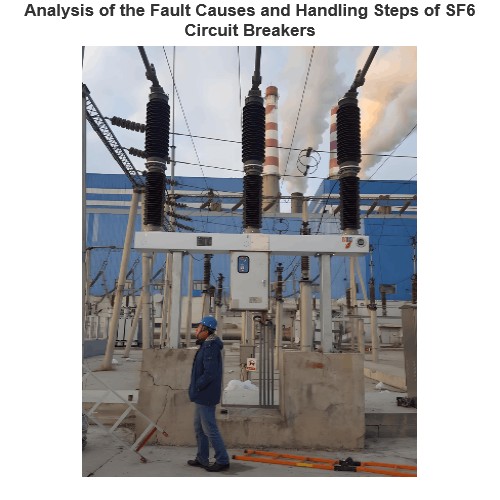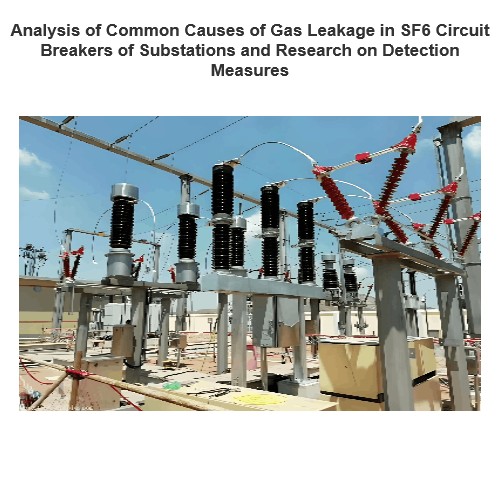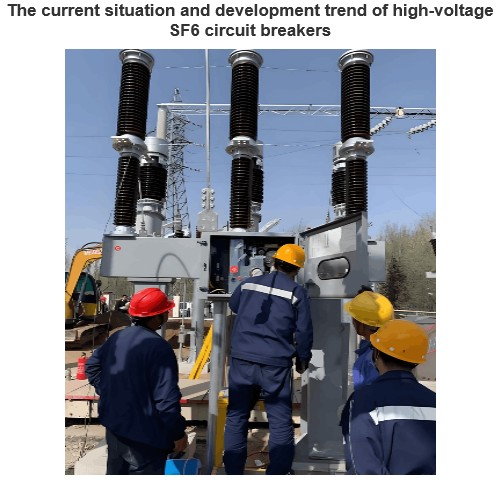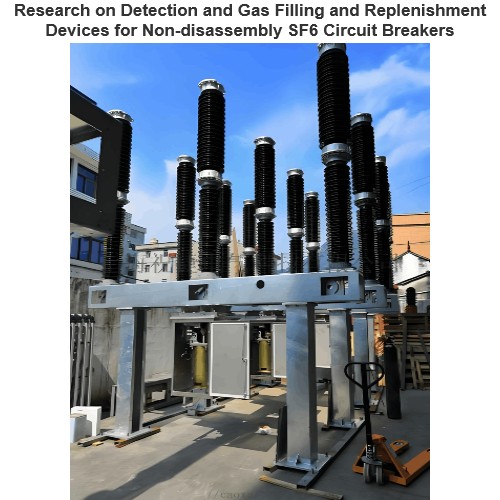Can you explain the difference between an earthing rod and a surge arrester?
Differences Between Ground Rods and Surge Protectors
Ground rods (Ground Rod) and surge protectors (Surge Protector) are two different electrical devices that serve distinct roles in electrical systems. Here are the main differences between them:
1. Ground Rod (Ground Rod)
Definition
Ground Rod is a metal rod, typically made of copper or copper-coated steel, buried in the ground to provide a low-impedance path for electrical currents to flow into the earth.
Function
Provide Grounding Path: The primary function of a ground rod is to provide a reliable grounding path for the electrical system. This ensures that in the event of an electrical fault, current can safely flow into the ground through the ground rod, preventing electric shock and equipment damage.
Lightning Protection: During thunderstorms, a ground rod can rapidly direct lightning currents into the ground, reducing the damage caused by lightning strikes to buildings and electrical equipment.
Installation
Buried in Ground: Ground rods are typically buried vertically in the ground, with a depth of about 2.5 meters to ensure good contact with the earth.
Multiple Ground Rods: In some cases, multiple ground rods may be used in parallel to improve grounding effectiveness.
2. Surge Protector (Surge Protector)
Definition
Surge Protector is an electrical device designed to protect electrical systems and electronic equipment from voltage surges (i.e., transient voltage spikes). Voltage surges can be caused by lightning strikes, power grid faults, or the startup of large electrical appliances.
Function
Absorb and Dissipate Surge Current: Surge protectors absorb and dissipate excess voltage through internal protective elements (such as varistors or gas discharge tubes), directing the surge to the ground line to protect connected devices from damage.
Protect Sensitive Equipment: Surge protectors are particularly useful for protecting sensitive electronic devices such as computers, televisions, and audio equipment from voltage fluctuations.
Types
Power Outlet Surge Protectors: Common household surge protectors that plug into power outlets and provide protection for connected devices.
Distribution Box Surge Protectors: Installed in distribution boxes to provide comprehensive surge protection for an entire home or building.
Professional-Level Surge Protectors: Used in industrial and commercial settings to provide a higher level of protection.
Main Differences
Purpose
Ground Rod: Provides a low-impedance grounding path to ensure current safely flows into the ground.
Surge Protector: Protects electrical systems and equipment from voltage surges.
Working Principle
Ground Rod: Physically connects to the ground to direct current into the earth.
Surge Protector: Absorbs and dissipates excess voltage through internal protective elements.
Installation Location
Ground Rod: Typically buried in the ground and connected to the electrical system's ground wire.
Surge Protector: Installed in power outlets, distribution boxes, or within equipment.
Protection Object
Ground Rod: Protects the entire electrical system, preventing electric shock and equipment damage.
Surge Protector: Protects specific electrical devices and electronic equipment, especially those sensitive to voltage fluctuations.
Summary
Ground rods and surge protectors both play crucial roles in protecting electrical systems, but they serve different functions and operate differently. Ground rods provide a low-impedance path for current to flow into the ground, while surge protectors absorb and dissipate excess voltage to protect electrical devices from voltage surges.
The Electricity Encyclopedia is dedicated to accelerating the dissemination and application of electricity knowledge and adding impetus to the development and innovation of the electricity industry.













